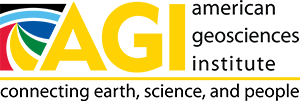Geoscience Women in STEM

Lesson 2: Particle physics: big data and precision measurement
Jessica Esquivel tells us that her work takes her to the "bleeding edge of the known universe." In the lessons in this section, students are encouraged to explore basic principles of science that approach the edge of the known universe.
Students began to explore Dr. Esquivel's work in lesson 1. In this lesson, they experience "space" in several different forms. First, as they try to "see" things that cannot be seen, later as they consider communicating across the vastness of space, and finally considering the space within an atom.
Connections to Next Generation Science Standards (NGSS)
To learn more about Crosscutting concepts click here
To learn more about Science and Engineering Practices click here
- Science and Engineering practices: Asking questions, Developing and using models, Constructing explanations, Analyzing and Interpreting Data
- Crosscutting concepts: Patterns, Energy and Matter, Scale, proportion and quantity
Activity 1: Studying Things You Can't See
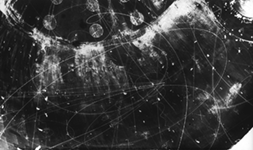
To access the student-ready version of the activity "Studying things you can't see" click here
This activity is from a collection of activities in the "Beauty and Charm Sampler" from the Fermi National Accelerator Laboratory, Fermilab.
In this investigation we introduce students to thinking about and testing their ability to study things they can't see. Students use indirect observation to investigate tiny hidden objects during their quest to identify them.
As they explore objects hidden in mystery boxes such as steel wool, a rubber stopper, a wooden ball or a paperclip, students develop a plan for asking questions and collecting data that will lead them to identifying the mystery objects.
Activity 2: Catching a Whisper from Space
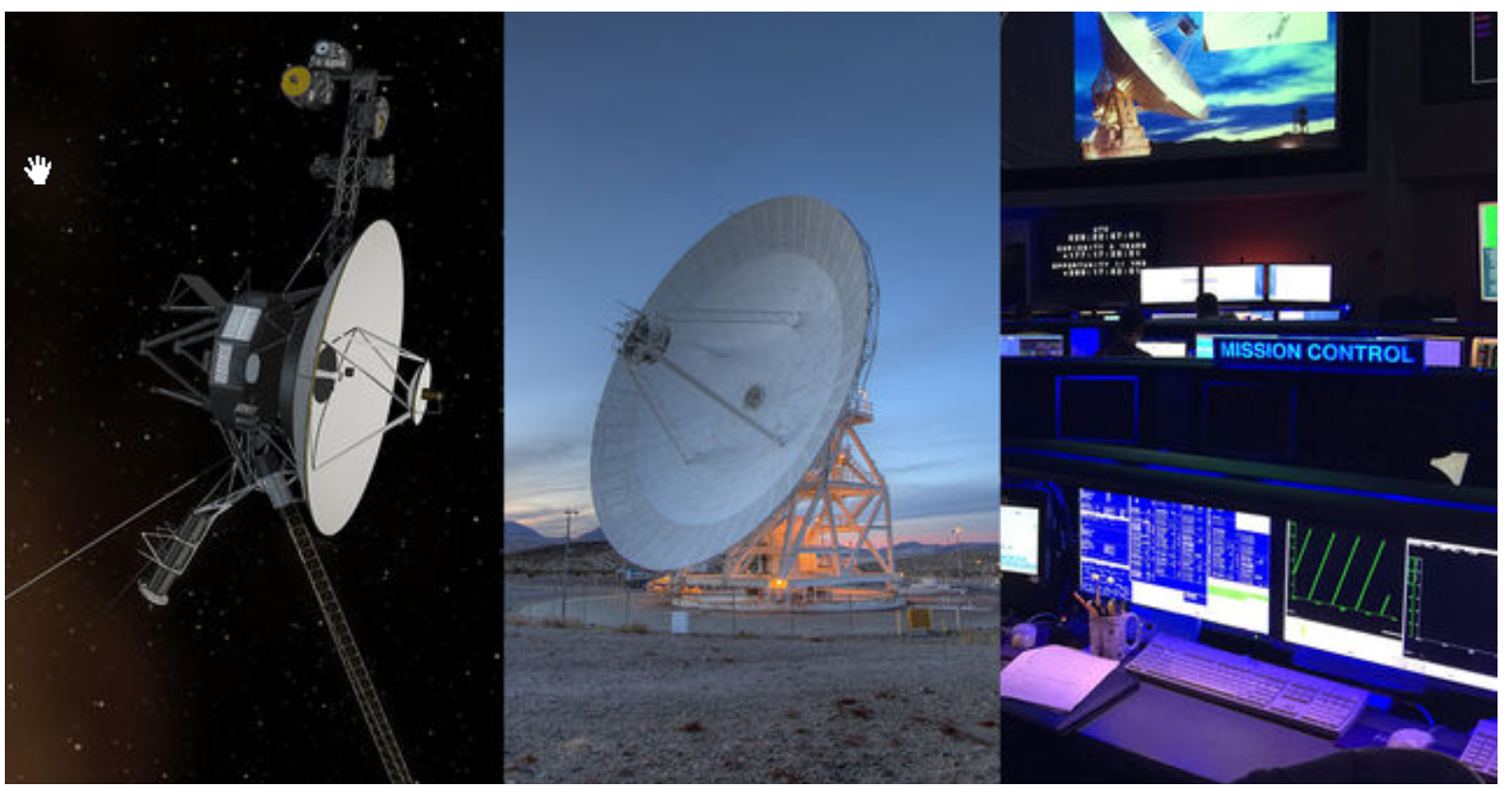
To access the student-ready version of the activity "Catching a Whisper from Space" click here
How does NASA communicate with spacecraft? And, how do astronauts communicate back to the Earth? In this investigation students will model the mathematics used to communicate with spacecraft.
Armed with an umbrella, metronome, and plastic soda bottles, students use sound as an analog for light as they collect data as a class that they will later translate into a model.
The lesson materials include a comprehensive illustrated background section describing NASA's Deep Space Network.
Activity 3: Finding the Space in an Atom
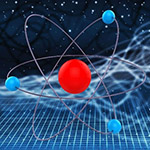
To access the lesson plan for Finding the Space in an Atom click here
Students model the classic experiment in which Ernest Rutherford and his team discovered that much of an atom's volume is empty space and the nucleus of an atom has mass. Students collect and analyze non-quantitative data that leads them to predict the shape of a hidden object.
Activity 4: How do scientists know their measurements are good?
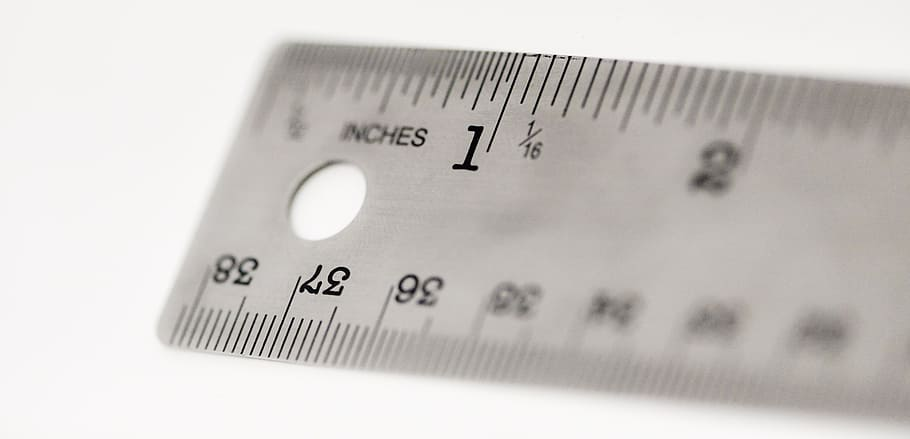
To access the instruction pages click here:
Data collection, including measurements, is the foundation of science. How do scientists know that the measurements they are making are correct, precise and accurate? How can scientists in one part of the world feel confident with the measurements of scientists in another part of the world? This activity allows students to gain first hand experience in making scientific measurements with and without units to gain a deeper understanding of the power of measurement in science.
